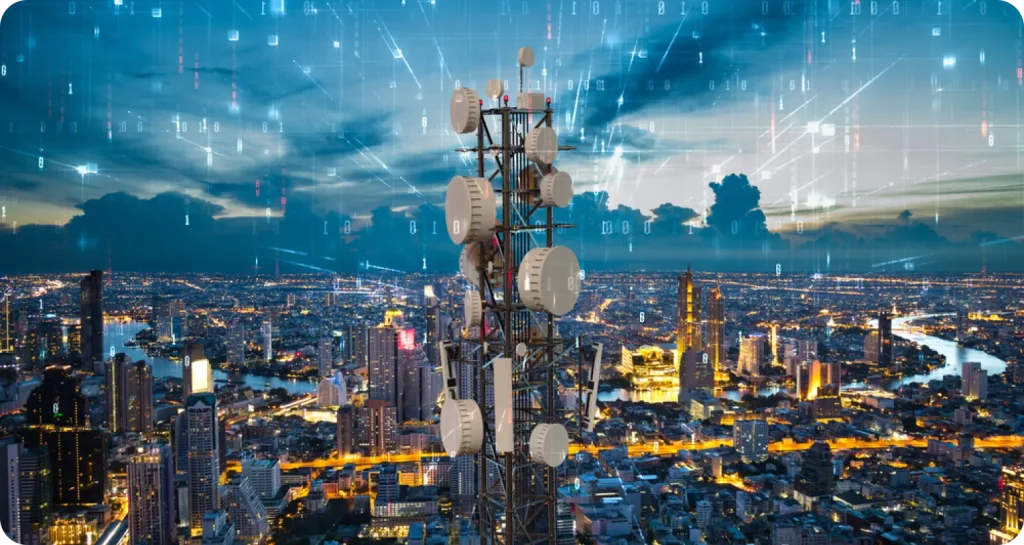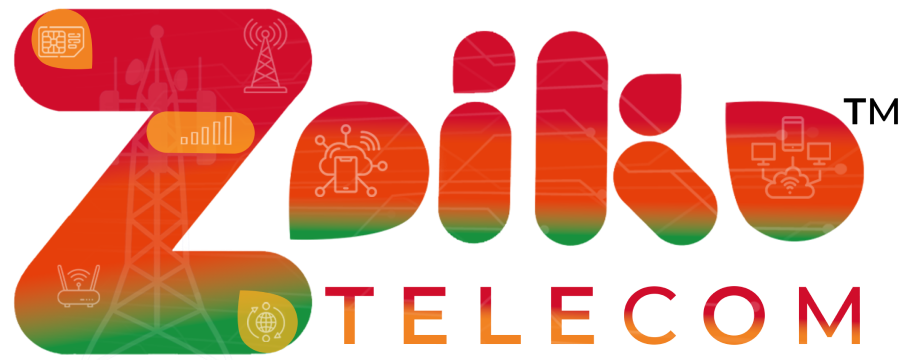Revolutionising Cross-Border Connectivity With Zoiko Telecom’s Breakthrough EE SIM-Only Deals For Global Communication!
Effortless Communication: Reliable Digital landline with Crystal Clear Calls and Advanced Features. In the ever-evolving landscape of digital connectivity shaping how businesses are connected across borders. Zoiko Telecom is poised to redefine the boundaries of data roaming by introducing its brand-new EE SIM Only Deals Cross Border Global Communication. This innovative offering represents the stage of extensive research and a pilot project tailored to the unique demands of the European market. It reflects a bold surge in technological innovation. Imagine a world where connectivity knows no bounds – where seamless communication transcends geographical constraints. With Zoiko Telecom’s new IoT global data SIM cards and EE SIM Only Deals Cross Border Global Communication, this vision has become a reality. So, no longer restrained by geographical limitations, mobile users can tap into unparalleled connectivity anytime, anywhere, and across any device. It enables effortless travel and instils a profound sense of security and peace of mind as they journey beyond their home turf. Digital Transformation For Connected Digital Single Market! Zoiko Telecom’s strategic vision aligns with the ambitious goal of promoting a connected digital single market, it is poised to drive international mobile usage to exceptional heights while driving exponential growth across Europe. The timing of this transformative offering connects with the mandate of the European Commission. It underscores Zoiko Telecom’s unwavering commitment to driving forward the growth of transnational communications and permanent connectivity within the region. Since our inception in 2023, Zoiko Telecom has remained steadfast in its mission to reduce the costs of roaming for its clientele. As we embrace this mission, we’re dedicated with substantial resources to pioneering research in international communications that resonates with the immense economic and societal benefits that endless connectivity brings to the fore. Practical Insights and Digital Intensity Commencing deeper into the digital landscape, the practical findings from a survey commissioned by the European Commission provide a window into the evolving digital fabric within the EU. In 2023, the report revealed that 59% of all EU businesses achieved a basic level of digital intensity, which underscores the vibrant digital transformation within the region. However, the data disclosed a noticeable discrepancy, with SMEs following at 58% digital intensity, which is lagging behind the EU’s 2030 target (30% points). The Cloud Revolution and Information Accessibility The dominance of cloud computing emerged as a pivotal force reshaping the digital terrain, with 78% of large businesses and 44% of SMEs adopting cloud services in 2023. However, acceptance of cloud computing emerged as a pivotal role in digital advancement, with 45% of EU businesses adopting cloud solutions, which makes a transformative shift in the business landscape. It revealed serious insights between large businesses and SMEs. The survey highlighted the opposite digital footprints, with a sizable disparity in very high and high digital intensity between the two segments. The emergence of cloud technology has made it the foundation of digital infrastructure, supporting email systems, file storage, and office software. Cloud technology drives a major shift in how businesses operate and scale. Moreover, the survey highlighted the key role of the Internet in facilitating access to vital information from public authorities’ websites. Noticeably, 45% of EU citizens use the Internet to get important information, which showcases the central role of digital platforms in facilitating access to services, rights, and legal resources. As Zoiko Telecom launches on its pioneering journey to revolutionise cross-border connectivity, these insightful statistics highlight the dynamic digital landscape within the EU and drive people to their transformative era of seamless communication and constant connectivity across Europe tours. Exploring Your Digital Connectivity Across Europe Tours! We can’t imagine our lives without the internet. Nowadays, communication systems entirely rely on Internet connectivity. 86% of users communicate through email and 82% use Internet service for instant messaging. These numbers signify how online communication promotes interconnection and collaboration in our digital world. Our different online activities are taken up by internet users and further exemplify the versatility and significance of digital connections. From making phone or video calls (75%) to buying goods and services online (70%), reading online news from websites or newspapers (70%), and use of online banking (70%), people are leveraging the Internet to meet diverse needs. Nonetheless, 65% of people use the Internet for social networking and 62% are prone to explore health information online. The revolution of online banking is particularly noticeable, with a substantial growth in its acceptance. As we learned, in 2023, 70% of internet users engaged in online banking, compared to 55% in 2013. This surge in online banking indicates a fundamental shift in financial behaviours. It highlights the growing confidence and reliance on digital banking services to manage and monitor financial affairs. This trend is mostly adopted among individuals aged 25 to 64 years, with 73% using online banking services. So the widespread appeal across a broad demographic range needs seamless internet coverage across all regions. The global expansion of mobile services further strengthens the omnipresence of digital connectivity. The contribution of economic growth from mobile technologies is equally aweing. Mobile technologies and services contribute 5.4% of global GDP, which is equal to $5.7 trillion in the economy, and it generates approximately 35 million jobs. This emphasises the key role of mobile technology in driving economic growth and employment opportunities on a global scale. However, amidst the seemingly inexorable march towards digital omnipresence, a significant segment of European travellers has exhibited a reluctance to embrace mobile connectivity abroad. 28% of surveyed travellers turn off their mobiles once travel abroad and 47% withhold from using mobile internet during their travels. There seems to be a noticeable concern about data roaming costs and complications. This signifies a disconnect between travellers’ expectations of seamless connectivity and the reality of potential barriers. In this context, Zoiko Telecom emerges as a transformative player in the domain of cross-border communication. We outline a pioneering approach to address the challenges and complexities associated with data roaming. Moreover, being turned over by the Home Office to provide Great Britain’s emergency services voice








